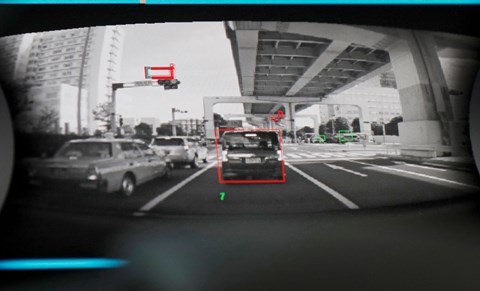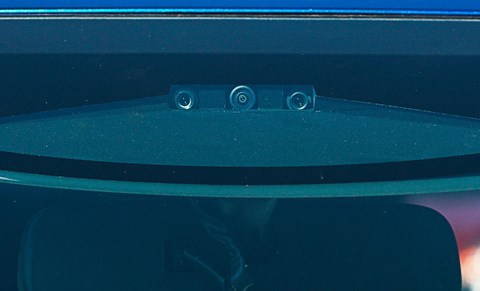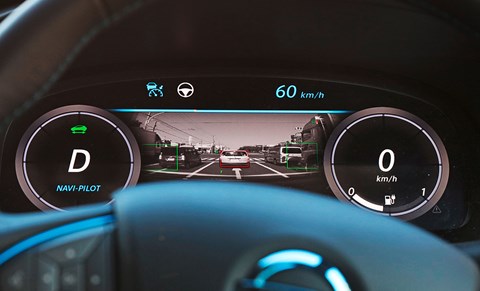► Renault-Nissan strive to lead in autonomous driving
► Does Nissan’s ‘Piloted Drive’ actually work?
► ‘By 2020, we’ll have the car’, CEO Carlos Ghosn
Renault-Nissan is striving for leadership in autonomous driving, and its CEO Carlos Ghosn has been making bold claims about how soon its new tech will be roadworthy – and let us see for ourselves in a self-piloting Leaf.
Speaking at the group’s Palo Alto HQ, Ghosn outlined the scenarios its cars will tackle: autonomous ‘single lane control’ on highways should be live as early as this year, even in majorly congested stop-go traffic. Next, in 2018, come ‘multiple-lane control’ autonomous vehicles, able to change lanes and avoid highway hazards, and by 2020 it will have cars with ‘intersection autonomy’ that can traverse complex urban areas with the driver barely having to lift a finger.
CAR then took a passenger seat in Nissan’s latest ‘Piloted Drive’ prototype as it attempted to navigate local roads, work out whose right of way it was at traffic intersections and filter onto real-world, multiple-lane Californian highways. Yes, really. The prototype is much like a regular Leaf bar a boot stuffed with extra computer hardware working with exterior-mounted cameras (in the roofline), laser sensors (each side), radar (in the bumpers) and GPS satnav, to keep the car in check north, south, east and west, and knowing when to brake, press on, or turn in.
Watching a vehicle do such things in a controlled private car park is one thing, but joining a freeway at 60mph with fast-moving trucks hurtling past you oblivious to your little ‘test’, and with no-one on-board your vehicle holding onto the steering wheel, is quite another. At first, the seemingly devil-may-care attitude of the Japanese man up front waving his arms to illustrate various points rather than hold onto the goddamn steering wheel was alarming, but after five minutes you realise the car’s pretty much got the driving bit covered. Most of the time.
Unexpected hazards – a stationary cop car and middle-lane road works – demanded some driver intervention, and in four-lane traffic the Nissan lost its way for a second or two, causing it to weave about upon arrival at a red traffic light, before it got a grip and back in line.
Development will continue, while legislators mull over approvals. As Ghosn caveats: ‘By 2020, we’ll have the car. Whether you’ll be able to buy and drive one is another matter. But you need to prepare the public to accept this technology.’
Three aids to autonomy

1) See SOME evil: Cameras beam images back to the cabin to help the car (and driver) see what’s ahead and behind

2) Protective radar: Exterior sensors assist in the job of checking what’s close by to avoid bumping into fellow commuters

3) You’re good to go: Driver dials indicate when the car’s in charge and the driver can go ‘hands-free’
Did it work?
Sort of, so long as the driver braked and steered every so often. The car was happy to wait indefinitely behind some road works, and was confused by a diagonally parked police car until our man intervened: maybe the Leaf was feeling guilty about a prior infringement. And there was a lane-keeping wobble. An amazing experience, but it’s still a work in progress.
Read more CAR tech features here